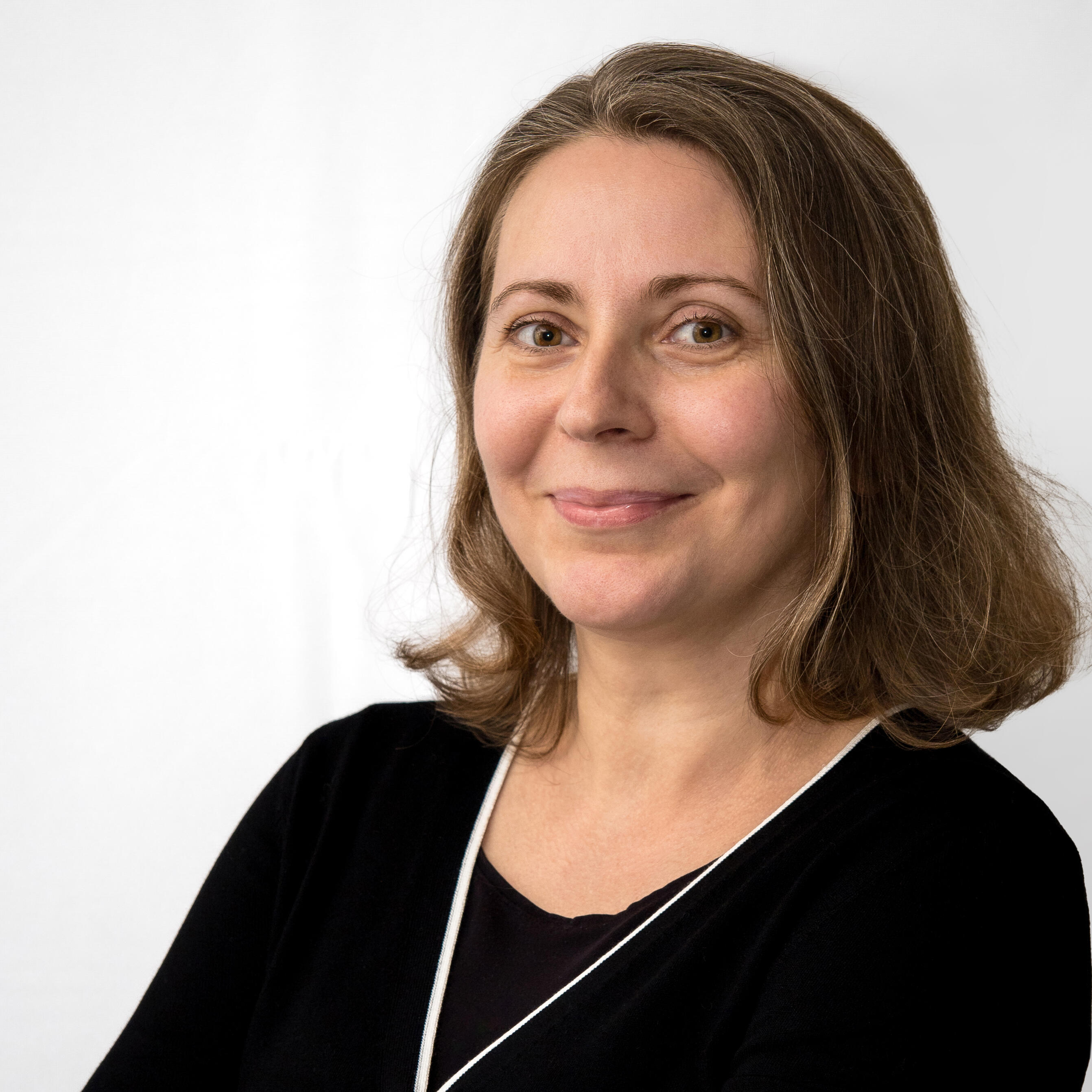News archive 2025


Junior researchers showcase their research on the fruit fly


Inflammation in the brain: My research on the fruit fly


How does the yolk get into the egg? Studies on the fruit fly


Rui Benedito becomes Director at the MPI for Molecular Biomedicine


Photo gallery: 2nd Medical & Clinician Scientist Forum Münster


Membrane tension regulates cellular repair


The exhibition inVISIBLE opens at the Multiscale Imaging Centre


Specialized vasculature: Hidden architects of long bone remodeling





